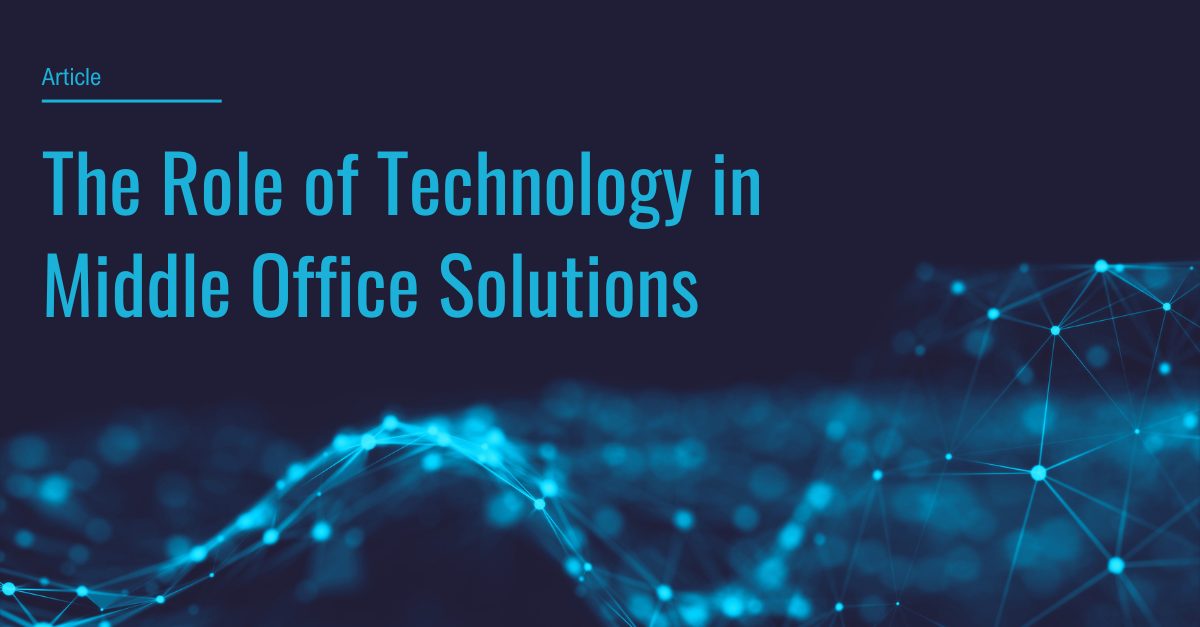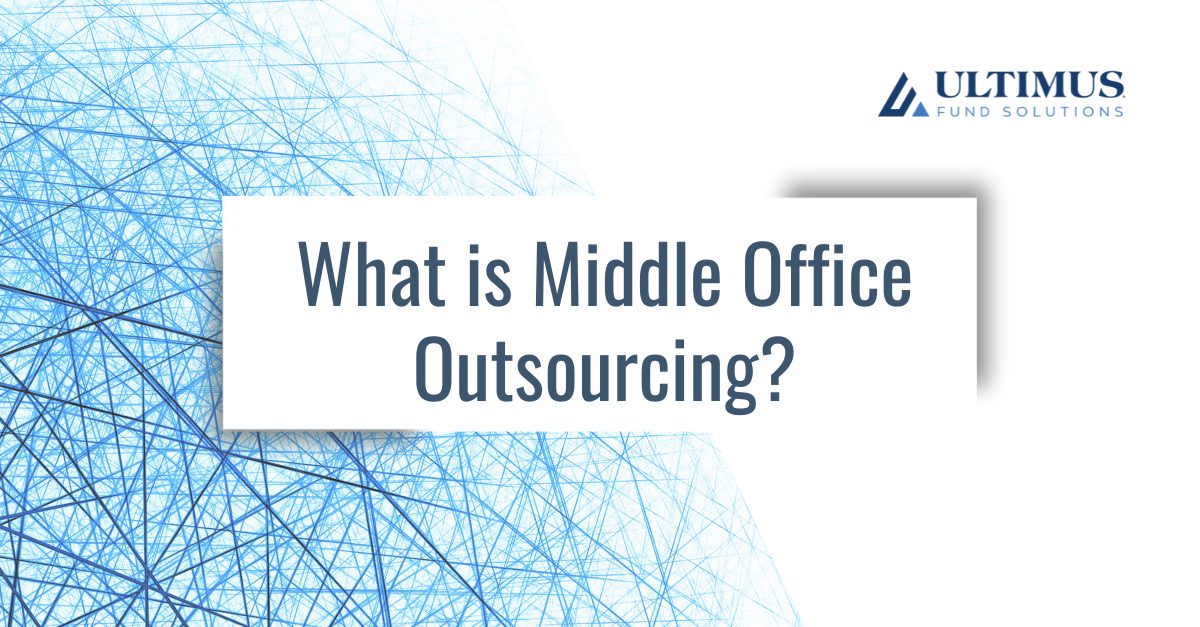When it comes to financial services, we usually hear about the Front Office and Back Office operations. However, the Middle Office is equally important and serves as a bridge between the two.
Picture this: a financial institution with no clear distinction between the roles of the Front Office and Back Office. The result is a chaotic environment with no clear direction or purpose. This is where Middle Office operations come in. In simple terms, the Middle Office is responsible for the processes and activities that support the Front Office and feed into the Back Office. The Middle Office is where trade support, investment accounting (IBOR), performance measurement, and other similar functions take place. The importance of Middle Office operations cannot be overstated, as they play a crucial role in ensuring that financial institutions run smoothly and efficiently.
With that said, let’s dive deeper into the key components of Middle Office operations, the benefits and risks involved, how they differ from Back Office operations, and some best practices for managing them.


